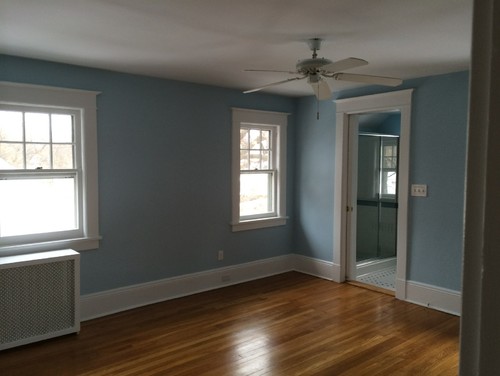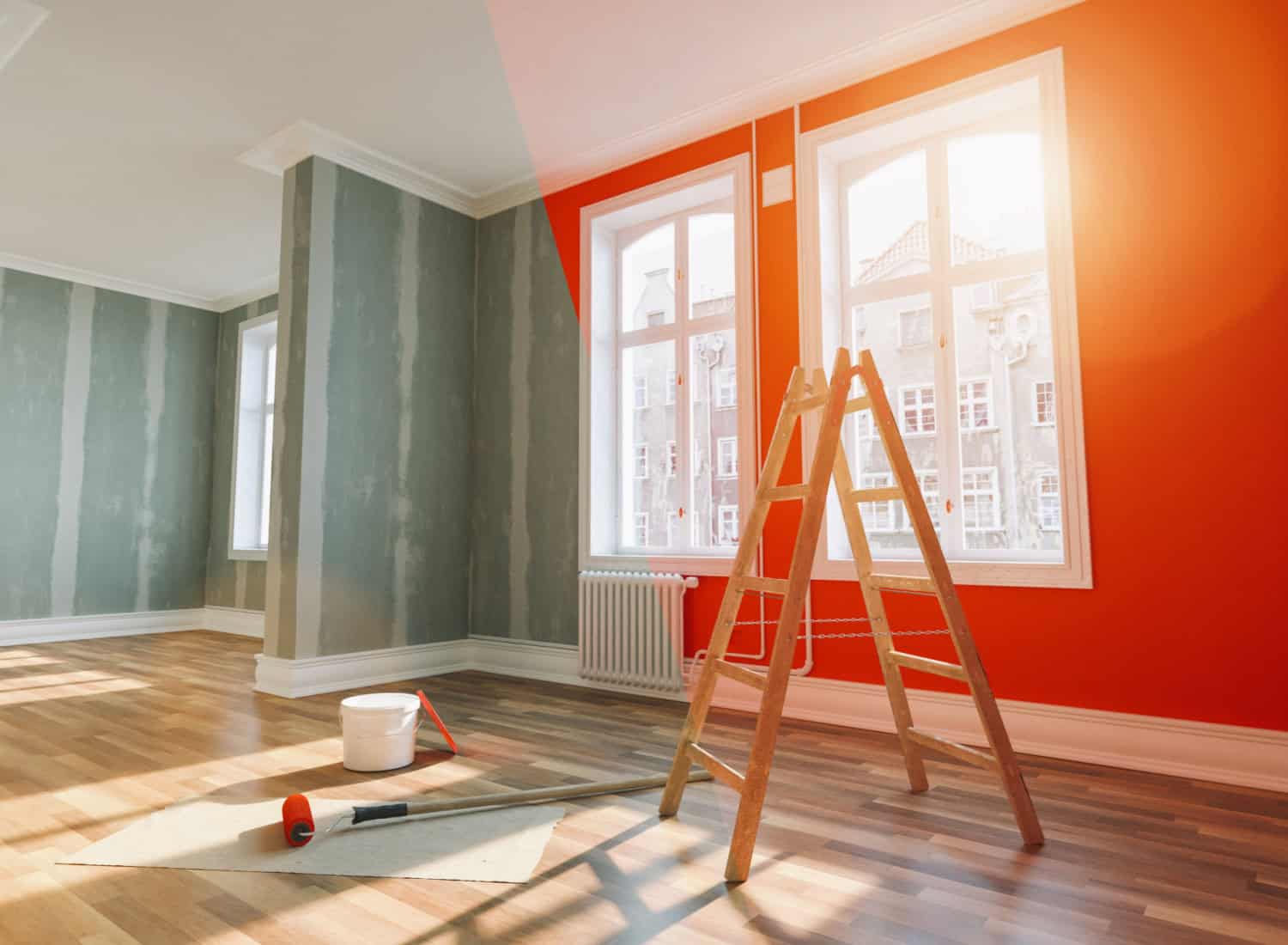Cleveland Metro Painting Specialists: Your Experts for Professional Painting Services
Cleveland Metro Painting Specialists: Your Experts for Professional Painting Services
Blog Article
Enhance Your Inside Design With Comprehensive Shade Examination
The combination of shade examination right into interior style presents an unique opportunity to refine and raise the psychological and aesthetic vibration of an area. By involving with a seasoned color professional, you can navigate the complexities of color choice, guaranteeing that your selections not only enhance architectural functions but additionally reverberate with individual design and psychological influence.
Advantages of Shade Examination

Moreover, color consultation help in making the most of natural light and enhancing spatial understanding. Lighter tones can make an area show up more large, while darker tones develop an intimate setting. Cleveland Metro Painting Specialists. This strategic application of shade can substantially affect the total setting of any type of interior room
Furthermore, expert specialists have a detailed understanding of timeless standards and current patterns, guaranteeing that the selected colors will continue to be enticing gradually. This insight can save customers from pricey redesigns in the future. Lastly, color assessment equips clients by supplying them with a clear vision and instructions, promoting self-confidence in their style selections and inevitably bring about a more gratifying and effective interior decoration result.
Recognizing Color Psychology
The significance of shade psychology in interior decoration can not be overemphasized, as it looks into the emotional and emotional results that numerous hues can stimulate in individuals. Colors can influence state of mind, behavior, and also efficiency, making them a critical consideration in any type of style task.
As an example, warm shades such as red, orange, and yellow are usually linked with energy and heat. They can promote sensations of exhilaration and comfort, making them appropriate for social spaces like living kitchen areas or rooms. Alternatively, great colors like blue, green, and purple tend to evoke peace and harmony, making them optimal for bedrooms or reflection areas.
Furthermore, the use of neutral tones can develop a well balanced environment by enabling the bolder shades to stand out without overwhelming the senses. Understanding these emotional influences enables developers to create areas that not just look aesthetically pleasing but likewise advertise psychological wellness.
Including color psychology right into interior design entails a thoughtful choice of shades customized to the desired function of each area, eventually improving the overall experience for its occupants. This awareness is important for attaining a unified and practical interior environment.
The Color Wheel Discussed
Recognizing the partnerships between tones is important for efficient interior decoration, and the color wheel works as a valuable tool in this process. The shade wheel, created by Isaac Newton in the 17th century, shows the range of shades prepared in a circular layout. It makes up primaries-- red, blue, and yellow-- that can not be created by blending other shades. Secondary shades, formed by integrating primaries, include environment-friendly, orange, and purple. Tertiary shades result from blending a main and a second color, causing tones such as red-orange and blue.
The shade wheel aids designers understand the partnerships between colors, consisting of corresponding, analogous, and triadic plans. Corresponding colors, positioned contrary each various other on the wheel, produce vibrant contrasts that can stimulate a space.
Making use of the color wheel in interior design not just improves visual charm but additionally stimulates specific feelings and environments, making it a crucial recommendation for color appointment. Comprehending these connections inevitably empowers designers to develop spaces that are both practical and visually captivating.
Picking the Right Scheme
Usually, picking the ideal combination is a decisive consider achieving a successful interior design task. An appropriate color pattern can link a space, boost its attributes, and evoke desired feelings. To begin, think about the objective of the space. Different rooms offer different features and call for schemes that reflect their desired use; for example, relaxing colors such as soft blues or environment-friendlies function well in bedrooms, advertising leisure.
Next, take into consideration the all-natural light offered. Light can considerably modify exactly how shades show up, so it is important to assess the space at various times of the day. In addition, think about existing building elements and furnishings. An unified scheme should match these attributes, creating a natural appearance throughout the space.
When selecting colors, make use of the 60-30-10 rule, which suggests that 60% of the room must be a dominant shade, 30% a secondary color, and 10% an accent color. This ratio makes sure equilibrium and visual rate of interest (Cleveland Metro Painting Specialists). Example colors on the wall surfaces before dedicating, as this enables you to see how the hues communicate with one another and the general setting they develop in your indoor layout task.
Dealing With a Color Professional

When dealing with a color specialist, the procedure usually starts with an initial examination. Throughout this conference, you'll discuss your vision, choices, and the existing components in your area. The specialist will certainly examine your demands and might recommend certain shade schemes that straighten with your objectives.
After developing an instructions, the consultant will supply examples and aesthetic aids to assist you visualize the suggested shade schemes. This action is critical, as shades can show up in a different way under differing illumination conditions.
In addition, a color expert can assist you in selecting complementary home furnishings, artwork, and accessories to harmonize with your selected palette. By collaborating carefully, you can accomplish a refined aesthetic that boosts your insides and develops a welcoming ambience. Eventually, the proficiency of a color expert can considerably enhance the blog overall impact of your design task.
Verdict
In summary, extensive color appointment offers as a vital tool for improving indoor layout. By leveraging professional expertise of shade psychology and spatial more helpful hints characteristics, a tailored color combination can be established to evoke certain emotions and produce a harmonious setting. This critical strategy not just promotes a cohesive design story however also mitigates the risk of pricey redesigns. Eventually, involving with a shade expert guarantees an educated and visually pleasing end result, raising the total experience of the room.
By engaging with an experienced shade expert, you can browse the complexities of color choice, guaranteeing that your selections not only enhance architectural features but additionally resonate with individual style and mental impact. It consists of main colors-- red, blue, and yellow-- that can not be created by blending other shades.The color wheel helps designers realize the connections between colors, consisting of complementary, analogous, and triadic plans.When selecting shades, make use of the 60-30-10 rule, which suggests that 60% of the room need to be a leading shade, 30% a secondary shade, and 10% an accent color. By leveraging professional expertise of color psychology and spatial characteristics, a tailored shade combination can be established to stimulate specific feelings and create a harmonious setting.
Report this page